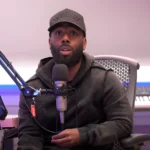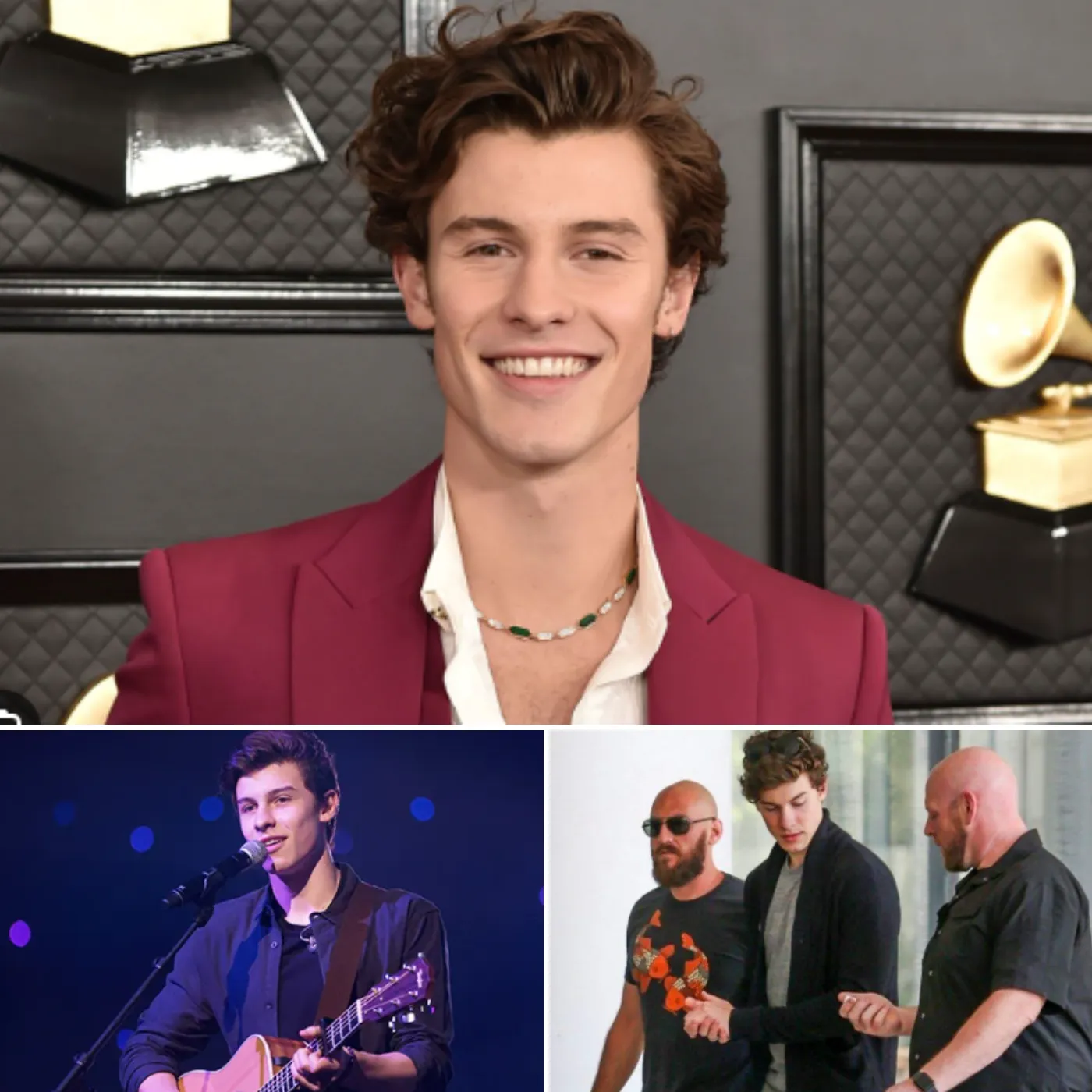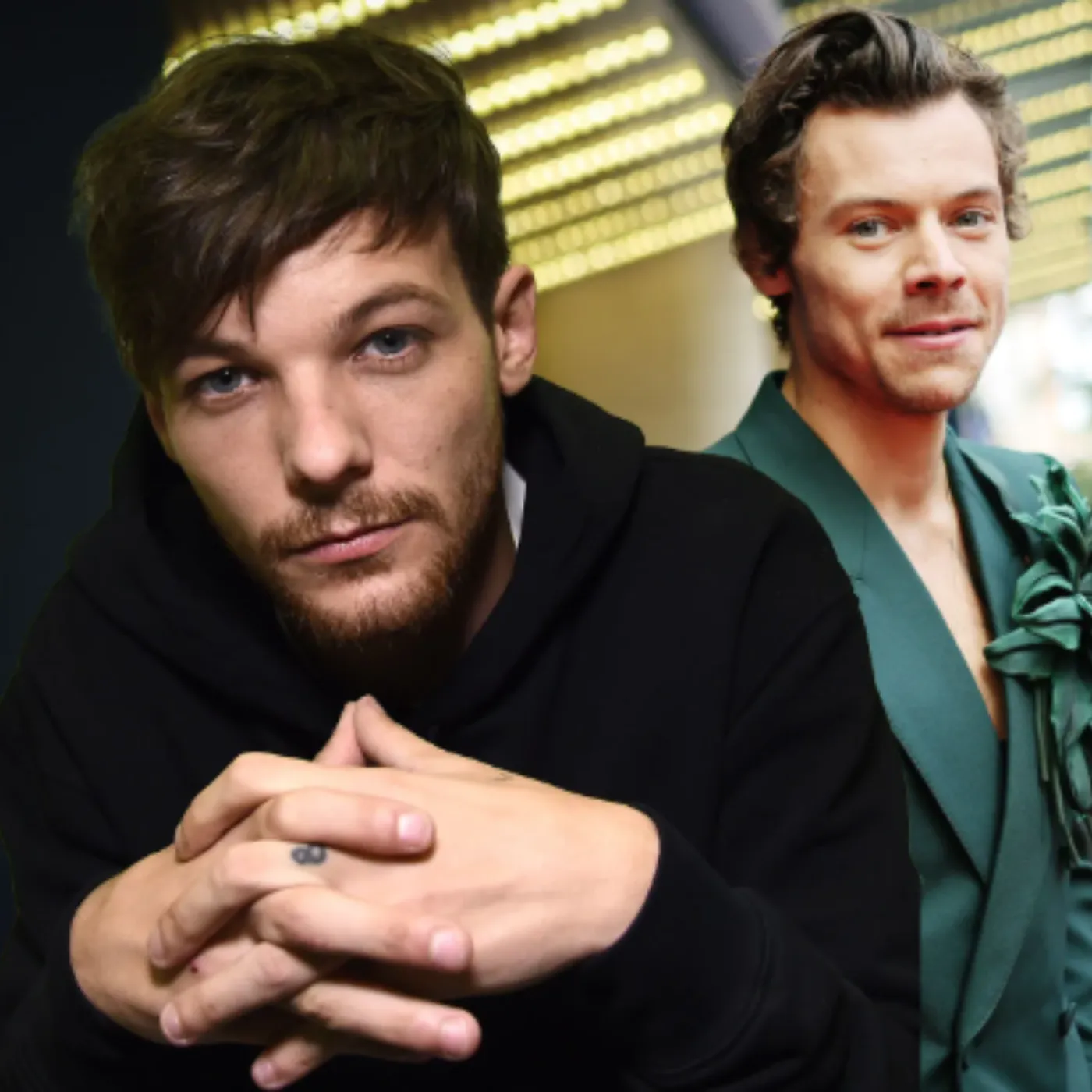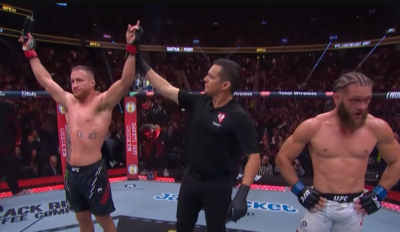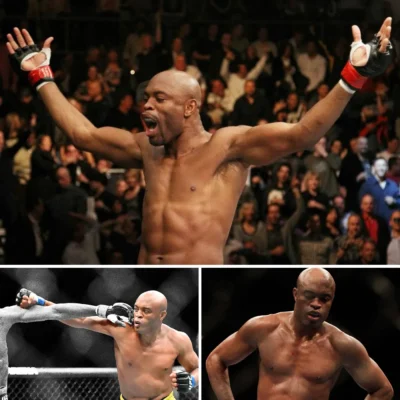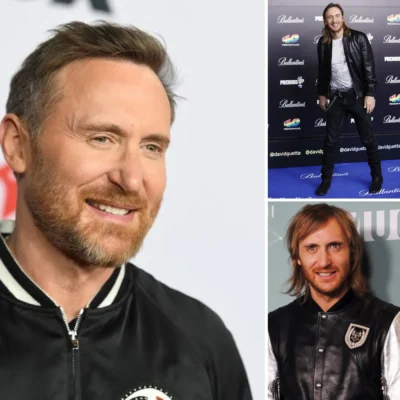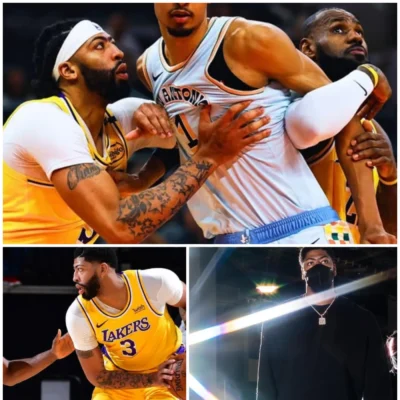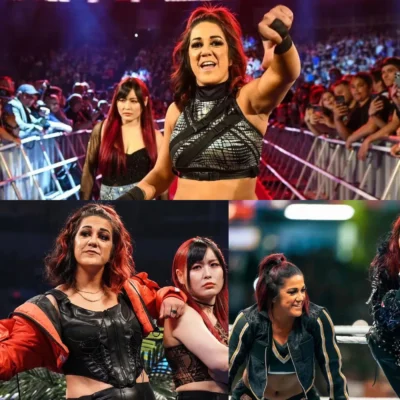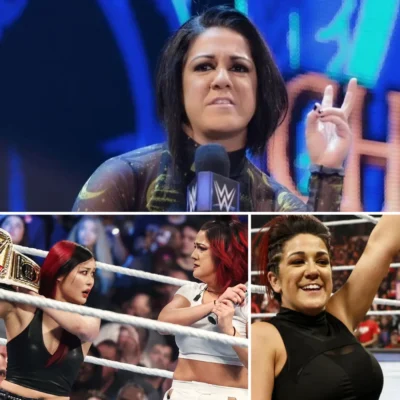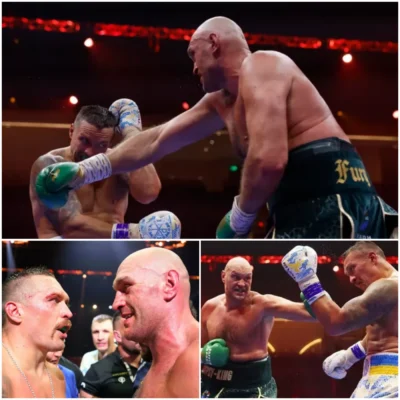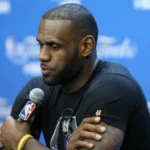
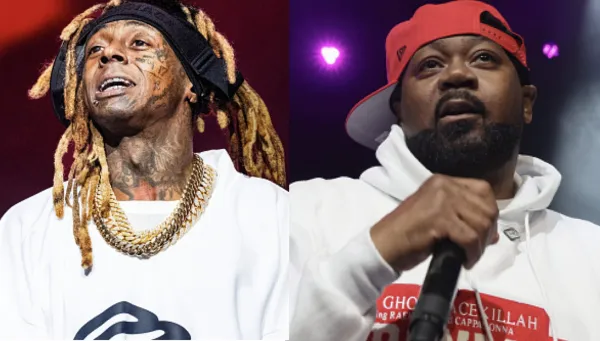
Ghostface Killah Reveals His Dream Collab – The Price Lil Wayne Demanded Made the Internet Explode
In the world of hip-hop, collaborations can make or break careers. A single feature from the right artist has the power to catapult a song from obscurity to global dominance. But what happens when the price tag attached to that dream collab leaves even seasoned rap veterans shaking their heads? Ghostface Killah, the legendary Wu-Tang Clan member, recently revealed that he was told it would cost him $150,000 just to secure a Lil Wayne verse. The revelation shocked fans and reignited the conversation about how much money really flows behind the scenes in today’s rap industry. Was this a reasonable business move, or has hip-hop turned into a luxury auction where creativity takes a back seat to financial muscle?
Ghostface’s Revelation and Why It Matters
Ghostface Killah isn’t just any rapper making noise on social media. He is a foundational figure, one of the voices that shaped the golden era of hip-hop with Wu-Tang Clan.
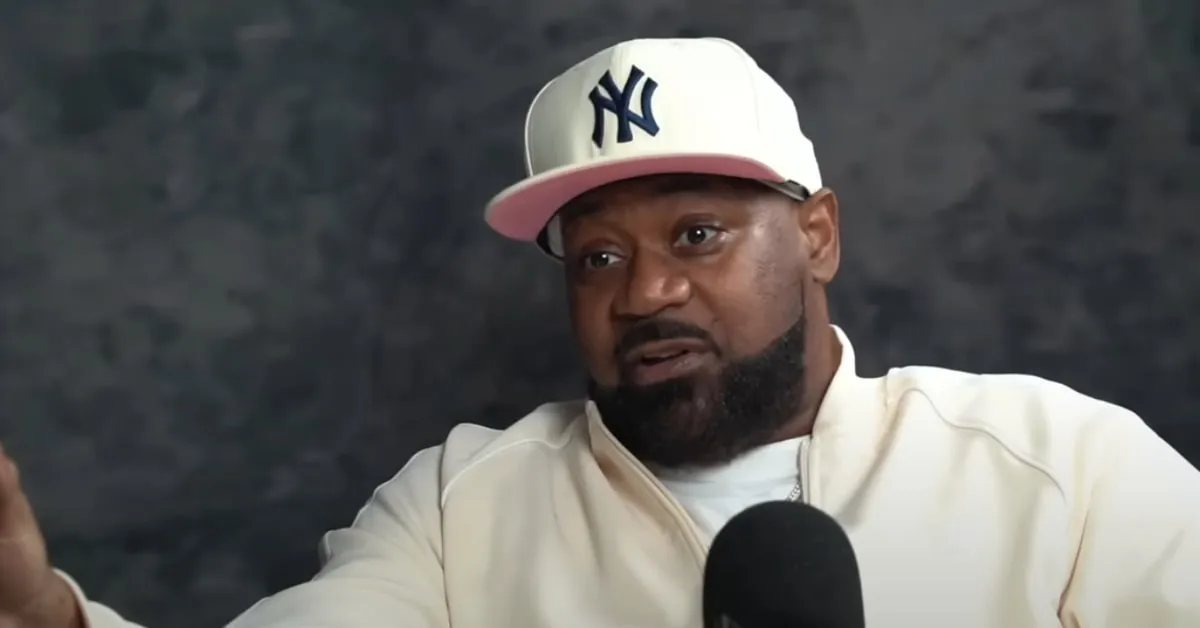
When he mentioned that the going rate for Lil Wayne’s feature was $150,000, people listened. The number immediately sparked debate: some argued that a Lil Wayne verse is priceless given his status, while others felt the fee exposes how transactional music collaborations have become. For fans, this wasn’t just about a dollar amount—it was about whether artistry is still at the core of the rap game or if it has become a business-first arena.
Why Lil Wayne Features Carry So Much Weight
To understand why the number sounds both shocking and believable, you need to look at Lil Wayne’s legacy. With over 100 million records sold, multiple Grammy Awards, and a catalog that has influenced an entire generation of rappers, Wayne is more than an artist—he’s a brand. A verse from Wayne isn’t just 16 bars; it’s a stamp of approval, a way of saying the song belongs in the cultural conversation. From his feature on DJ Khaled’s “We Takin’ Over” to countless mixtape classics, Lil Wayne has a track record of turning collaborations into moments that live far beyond the charts. For an artist like Ghostface Killah, a Wayne feature isn’t just about the music—it’s about bridging eras, uniting old-school credibility with new-school dominance.
The Price Tag Breakdown: Is $150,000 Too Much?
Here’s where the debate gets heated. On one hand, the figure reflects the reality of modern music economics. Lil Wayne is one of the busiest, most sought-after rappers in the game. His time is limited, his demand is sky-high, and his verses generate streams, headlines, and ticket sales. In this sense, $150,000 could be considered a bargain for the exposure and revenue it brings. But for many fans, the number feels disconnected from the spirit of hip-hop.
Should collaborations between legends come down to a financial transaction? Shouldn’t there be mutual respect, creative excitement, and cultural contribution that outweighs dollar signs? That’s the tension Ghostface’s comment brought to light.
The Business of Rap Features: Numbers Behind the Scenes
Industry insiders have long whispered about the price of rap features. According to multiple reports, artists like Nicki Minaj, Drake, and Future command anywhere from $250,000 to $1 million depending on the project. Jay-Z famously claimed he doesn’t charge for features at all, but prefers to collaborate based on personal interest.
Meanwhile, younger rappers like DaBaby and Lil Durk have also had their rates circulate online, ranging from $75,000 to $150,000. In that context, Lil Wayne’s alleged fee doesn’t seem outrageous—it places him right in the upper echelon of the feature economy. Still, hearing Ghostface Killah talk about it publicly gave the figure new weight, because it highlighted the gap between old-school hip-hop values and today’s commercial realities.
Fans React: Shock, Support, and Debate Across Social Media
As soon as Ghostface’s words hit the internet, Twitter (X), Instagram, and Reddit lit up. Some fans expressed outrage, arguing that music should not be reduced to price tags. Others defended Wayne, pointing out that every industry has value for time and talent—why should rap be any different? Memes popped up with captions like “Wayne’s verse cost more than my college tuition” or “Guess I’ll rap my own feature.” But there was also admiration.
Many fans felt that if anyone deserves six figures for a verse, it’s Lil Wayne, who has consistently proven his cultural staying power for over two decades.
Ghostface vs. Wayne: A Missed Opportunity or Future Possibility?
The revelation naturally raised another question: does this mean we’ll never get to hear a Ghostface Killah and Lil Wayne collaboration? Fans immediately began fantasizing about what such a track could sound like—Wu-Tang’s gritty storytelling colliding with Wayne’s punchline-heavy flow.
Some argued that hip-hop history deserves that kind of collaboration regardless of the financial barrier. And while the $150,000 figure might have stalled it in the past, there’s always the possibility that mutual respect could override the price tag in the future. After all, hip-hop thrives on unexpected pairings and cross-generational collabs that no one saw coming.
Money and Authenticity: The Larger Hip-Hop Debate
This story isn’t just about Ghostface and Wayne. It speaks to the larger, ongoing tension in hip-hop: the balance between money and authenticity. From its origins, hip-hop was about expression, resistance, and cultural storytelling.
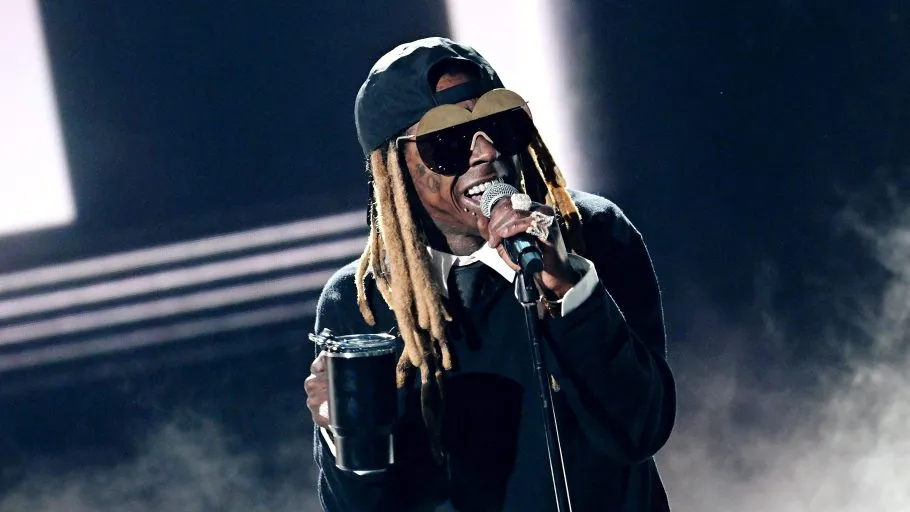
Today, it’s also a multibillion-dollar industry where endorsements, tours, and features are big business. Ghostface’s reaction to Wayne’s price highlights a generational divide. For him, rap was built on camaraderie and competition, not contracts. For Wayne, who came of age in the height of hip-hop’s commercialization, the business model is inseparable from the art. Neither perspective is wrong, but the clash between them exposes just how much the industry has transformed.
Could a Lil Wayne Verse Be Worth Even More?
Ironically, some industry voices suggest that Wayne could charge double and still get takers. In an age where streaming numbers can skyrocket based on star power alone, attaching Wayne’s name to a track almost guarantees attention. Labels see it as a safe investment—an upfront cost that could be recouped through streams, YouTube views, and live performances. In this sense, Wayne’s $150,000 fee isn’t exploitation; it’s economics. And considering Wayne’s influence on artists like Kendrick Lamar, Travis Scott, and Young Thug, the demand for his voice will likely keep prices climbing.
What This Means for Upcoming Artists
For younger rappers dreaming of collaborations, the number is both inspiring and intimidating. On one hand, it underscores the value of building a personal brand so strong that your voice alone becomes a business asset. On the other, it reminds newcomers that the path to the top is increasingly tied to financial backing.
Without label support or deep pockets, getting a feature from a superstar may be out of reach. That reality has pushed many upcoming rappers to rely on social media virality, independent hustle, or building grassroots movements rather than chasing expensive collaborations.
Conclusion: Business as Usual or a Sign of Change?
So, was Ghostface Killah right to call attention to the $150,000 Lil Wayne verse price tag? Absolutely. His comments didn’t just expose a number; they sparked a vital conversation about where hip-hop is headed. Are collaborations about artistic chemistry, or are they business deals with dollar signs attached?
Is the industry empowering artists by letting them set their worth, or is it creating barriers that stifle creativity? In the end, both perspectives are true—and that’s what makes this story resonate. Ghostface’s candidness and Wayne’s business model represent two sides of hip-hop’s evolution. Fans may disagree on whether the price is fair, but no one can deny that the debate itself proves one thing: hip-hop is alive, complex, and still capable of surprising us.





